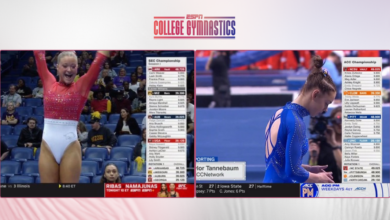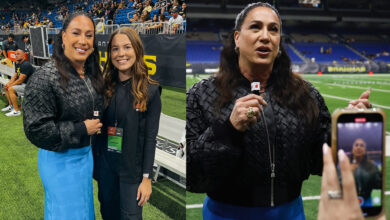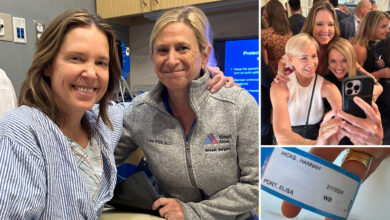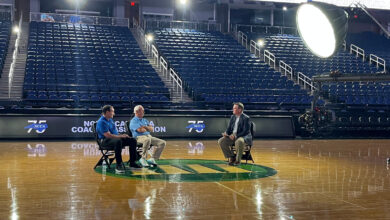How closed captioning works
Do you ever wonder how television networks closed caption their shows 24 hours a day, seven days a week?
At any given time, you can click your remote and read in real time what the broadcasters or actors are saying. What a concept, but how does it get done so fast?
Meet our ESPN Program Compliance Team: It is responsible for organizing, tracking, and reporting our network closed captioning to the Federal Communications Commission. It’s a big job for a small group.
The FCC implementation of the Telecommunications Act of 1996 requires broadcasters and cablecasters to provide captioned programs to their affiliates. Programming on every ESPN domestic network is required to be 100 percent closed captioned.
Closed Captioning is not only for the deaf and hard of hearing, but used at fitness centers, airports, bars, and often those learning to speak English. Did you know that 36 million Americans have some form of hearing loss, and more than 59,000 military members have disability status for hearing loss from current wars?
People who caption are generally trained as court reporters, using a special (steno) keyboard and individually constructed “dictionaries.”
The best of them are able to caption live, or “real-time,” and only a select few from that pool are able to caption sports.
See how it all comes together in the video above.







